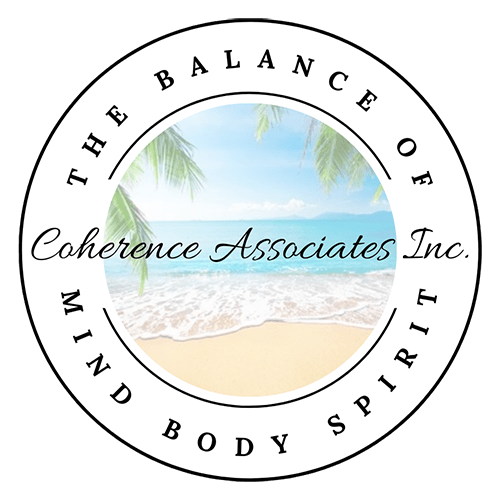Attention-Deficit/ Hyperactivity Disorder? Or Nature-Deficit Disorder?
Fond Memory
When I was young and taken care of by my grandmother while my mom was at work, my younger cousins and I would play outside for much of the day, coming inside for lunch and water breaks. There was access to a canyon down the street, and I remember the day we bravely slid down the dirt embankment to explore the palms, oaks, and sage scrub. I also remember that I cut my hand on broken glass that day, a cut for which I still have the scar, and the fond memory to go with it.
This was “back in the day”, when parents (and grandparents) allowed, perhaps even encouraged, children to explore the outdoors and play in nearby nature. Fast forward to 2017- how many of you with kids would even think of letting them outside all day, supervised only by peers, and journeying into glass littered canyons?
Kids Being Diagnosed with AD/HD
It was not as common “back in the day” for children to be inside all day, looking at screens, and holding electronic devices. It was also not as common to be diagnosed with AD/HD (Attention-Deficit/ Hyperactivity Disorder). AD/HD is a disorder described as the “persistent pattern of inattention and/or hyperactivity that interferes with [social, academic, or occupational] functioning and development” (from the DSM-5, Diagnostic and Statistical Manual of Mental Disorders- Fifth Edition). These days, you don’t have to look very far to find children diagnosed with AD/HD. Typically, after receiving such a diagnosis, children as young as three are put on medications to support focus and paying attention.
These meds, as with any other, come with side effects of course, and after a few generations, we now understand that AD/HD meds can also lead to abuse and addiction. Sometimes, “behavior modification” is prescribed in tandem with meds to achieve better results. In some environments, a child with energy and curiosity can be placed in the context of human development, without concern, but that same child placed in the context of a classroom who can’t sit in a desk and be quiet for 7 hours a day? Perhaps that child needs their behavior modified. These modern solutions might be helpful to some, but what if there was another way? One that costs nothing, is abundant, non-stigmatizing, and free of negative side effects? A way that we have lost touch with as our society has become more “connected” and less active?
In the book Last Child in the Woods: Saving Our children From Nature Deficit Disorder, Richard Louv takes a look at the relatively new phenomenon of “Nature-Deficiency” with an eye towards research and solutions. “Nature-Deficit Disorder” is a term coined by Louv and will not be found in the DSM-5 like AD/HD. Louv offers this concept as a way to think about the problem and solutions, for kids and everyone else. He points to studies which show exposure to nature and green spaces lowers symptoms of AD/HD, including research out of New York State College of Human Ecology which found that being close to nature helps boosts a child’s attention span.
Green Activities
Louv also references research out of the Human-Environment Research Laboratory at the University of Illinois, in which researchers compared “green” activities such as camping and fishing, as opposed to “not green” activities such as watching TV, and found that “greenery”, like trees and grass, reduces attention-deficit symptoms. Further, Louv proposes, if nature can reduce the symptoms of AD/HD, then the opposite may also be true — that the absence of nature can aggravate a set of symptoms we refer to as “AD/HD”. Some children may benefit from medications, but Louv suggests that, “the real disorder is less in the child than it is in the imposed, artificial environment”. Looking at it this way, a child doesn’t need to feel defective because they can’t sit still and pay attention. Rather, the modern environment is the defective piece.
Other Ways To Treat AD/HD and Reach the Same Goals
I want to be clear here. I am not telling you to flush your or your child’s AD/HD meds down the toilet. I am not suggesting you skip the behavior modification session you have scheduled at your child’s school. What I am suggesting, is that there may be another route to the same goal — a route that can reduce AD/HD symptoms that does not require a doctor’s prescription or punishments for a child’s energy.
If your child is already on medications and/or behavior plans, adding nature could be another piece of the overall plan for success, which includes benefits for the whole family. In coming blog posts, I will explain how everyone, including adults, can benefit from more time in nature. In the meantime, I encourage you to check out Richard Louv’s books, Last Child in the Woods and The Nature Principle, which help link our inherent human connection with nature to the benefits which can be found by cultivating that relationship.
If you would like to speak with a therapist about your experiences or have a child who could benefit from talking with a caring professional, call Coherence Associates 760–942–8663, or visit coherenceassociates.com.

